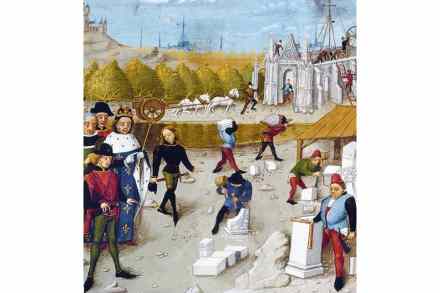I’m becoming too old to hold a Les Paul
My beloved 1967 Gibson Les Paul Goldtop guitar is now locked away until December at the earliest. For the past eight years, I have had the terrifying privilege of dragging my axe (as we guitarists call our instruments) on stage to perform in a series of Christmas gigs (as we musicians call such performances) with the celebrated prog rock band Jethro Tull. Ian Anderson, who leads the band, has for years generously staged a series of pre-Christmas concerts to raise funds for English cathedrals. Our 42 cathedrals are some of the greatest expressions of creativity, imagination and hope (more on that later) which our nation has ever produced. They are








